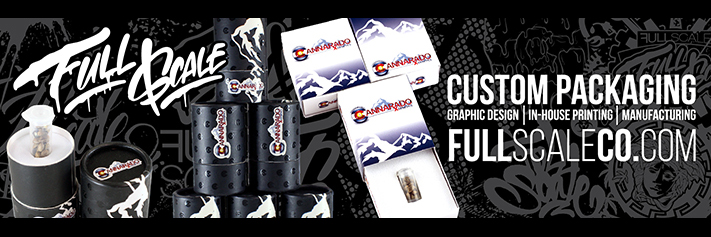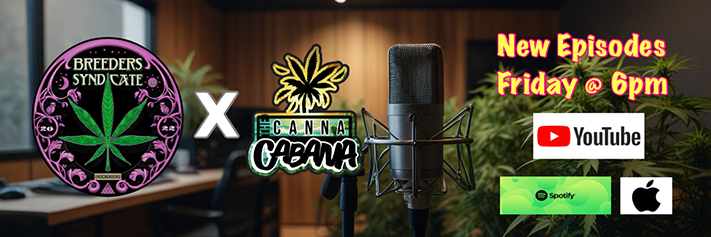frankslan
Active member
yes indoor because its bad for bees but doesn't hurt most beneficial bugs. Of course its takes a bit longer indoors to break down from what i understand its derived from a soil bateria. Outside it breaks down in like 12 hours.Indoor use only? Its been a while since Ive read the label but I would think it says the opposite? Most pesticide half-lifes are based on the sun, and not indoor lights, which take way longer to break down pesticides in plants and room surfaces.
"Spinosad is a natural insecticide derived from an actinomycete bacterium species, Saccharopolyspora spinosa (Mertz and Yao 1990), that displays the efficacy of a synthetic insecticide. It consists of the two most active metabolites, designated spinosyn A and D. Both spinosyns are readily degraded in moist aerobic soil, and field dissipation, which is quite rapid (half-life, 0.3-0.5 d) can be attributed to photolysis or a combination of metabolism and photolysis. Spinosad causes neurological effects in insects that are consistent with the general activation of nicotinic acetylcholine receptors but by a mechanism that is novel among known insecticide compounds. Spinosad has a high level of efficacy for lepidopteran larvae, as well as some Diptera, Coleoptera, Thysanoptera, and Hymenoptera, but has limited to no activity to other insects and exhibits low toxicity to mammals and other wildlife. Although spinosad has low toxicity to most beneficial insects, initial acute laboratory tests indicated that spinosad is intrinsically toxic to pollinators. The hazard of spinosad to bees was evaluated using a tiered approach. Initial acute laboratory exposures were conducted, followed by toxicity of residues of spinosad on treated foliage, greenhouse studies to assess acute as well as chronic toxicity, confined field assessments, and finally full field studies using a variety of crops under typical use conditions. These data were used to assess the potential of adverse effects on foraging bees following the use of spinosad. This research has clearly demonstrated that spinosad residues that have been allowed to dry for 3 hr are not acutely harmful to honeybees when low-volume and ultralow-volume sprays are used. Further, glasshouse and semifield studies have demonstrated that dried residues are not acutely toxic, and although pollen and nectar from sprayed plants may have transient effects on brood development, the residues do not overtly affect hive viability of either the honeybee or the bumblebee. Field studies in which typical application methods of spinosad were used on a variety of crops have demonstrated that spinosad has low risk to adult honeybees and has little or no effect on hive activity and brood development. The collective evidence from these studies indicates that once spinosad residues have dried on plant foliage, generally 3 hr or less, the risk of spinosad to honeybees is negligible."
Used in shampoos for lice, treatment for scabies and lots of dog/cat flea and tick treatments too.
Last edited:
















